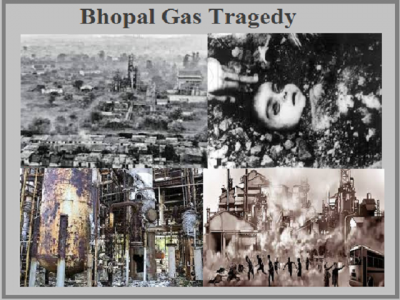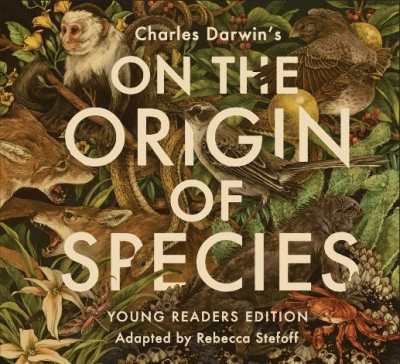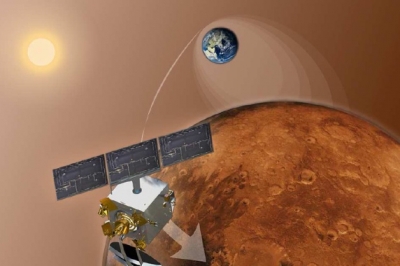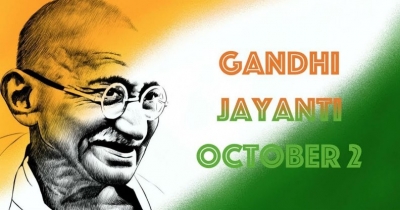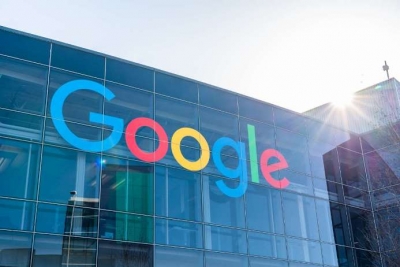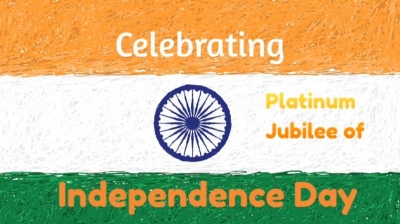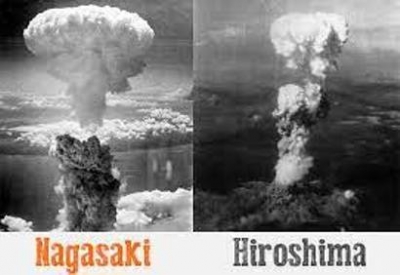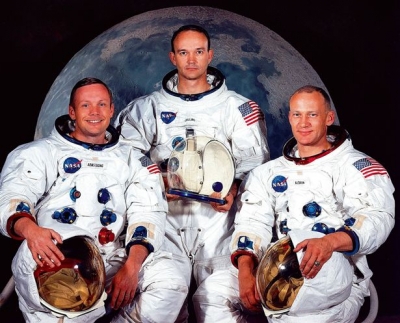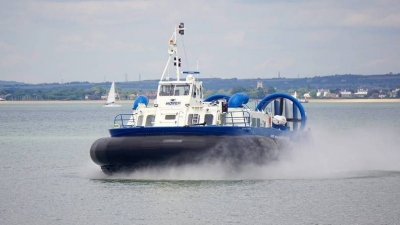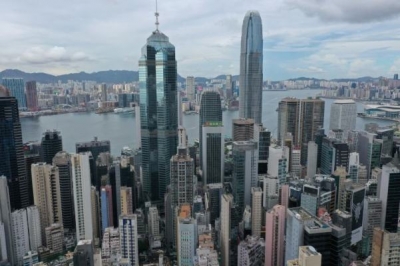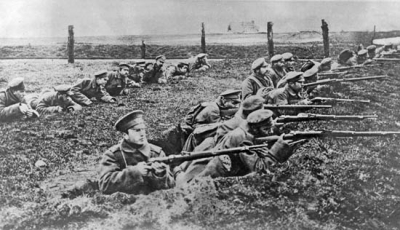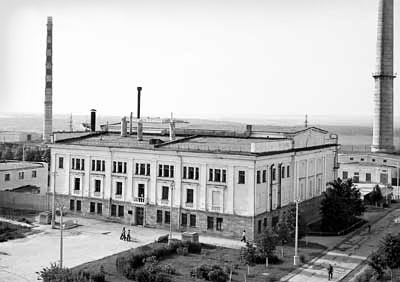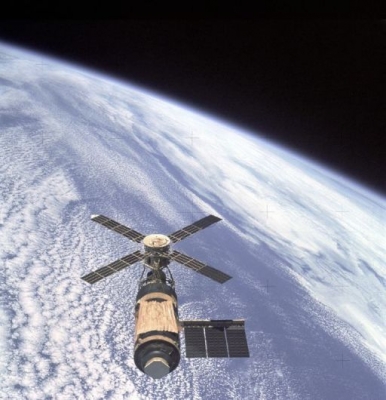
America’s first space station was named Skylab. It was launched on May 14, 1973 by NASA and was occupied for about 24 weeks between May 1973 and February 1974. Three separate astronaut crews operated in Skylab conducting hundreds of experiments including an orbital workshop, a solar observatory and Earth observation.
The first crew landed on Skylab on May 25, 11 days after Skylab was launched. The three astronauts Charles Conrad, Paul Weitz and Joseph Kerwin stayed aloft for 28 days, setting a record for the longest continuous in space stint. They spent a lot of time on repairs as Skylab had incurred serious damage during its launch, losing both its sunshade-micrometeoroid shield and one of its solar panels. The astronauts installed a parasol-like sun shade through the station’s scientific airlock to keep it from overheating.
The second crewed mission was launched in July 1973 and lasted 59 days. The third and last crew lifted off that November and touched down in February 1974, notching 84 days in orbit.
After this, the space station’s orbit steadily decayed, bringing it closer and closer to the Earth’s atmosphere where it was expected to burn up. NASA managed to re-establish contact with the computers aboard Skylab in 1978 and sent a series of commands to the abandoned station so that the station would change its path once it hit the atmosphere and fall where its debris would do the least damage. However, things did not go according to plan and Skylab broke up slower than NASA had predicted.
Skylab burst apart over the Indian Ocean on July 11, 1979, scattering debris across Western Australia. The fall marked the official end for America’s first crewed orbital outpost and prompted the Australian township of Esperance to charge NASA $400 for littering debris across their town!
Fortunately no one was hurt during the impact and NASA never did pay the amount!
Picture Credit : Google
